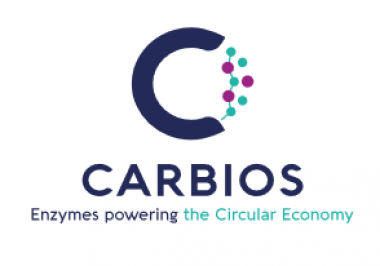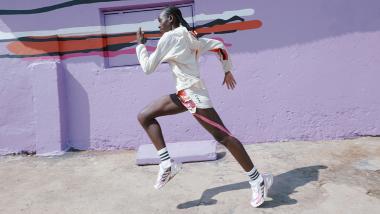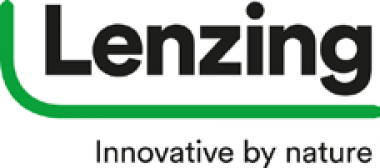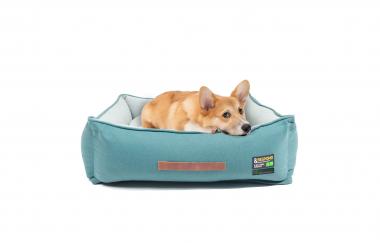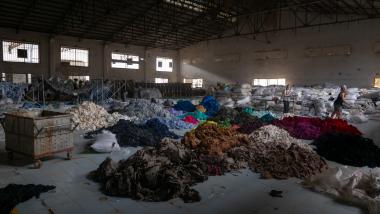Suominen to implement surcharges in North America
Suominen announces general surcharges on all its products in North America effective immediately. These surcharges are a response to significant unexpected increases in raw materials, energy and freight costs.
“We have done all we can to mitigate these increases on behalf of our customers. Suominen can no longer absorb the full extent of these increases. We are living in an unusual time in the nonwovens industry with unprecedented and unexpected cost increases accompanied by volatility in demand patterns and supply chain disruptions. We understand circumstances are extremely challenging and we remain committed to serving our customers during this difficult period,” says Lynda A. Kelly, SVP, Americas.
Suominen













